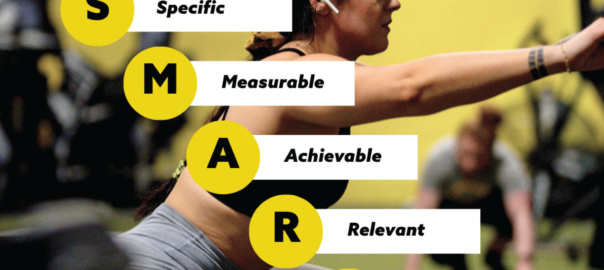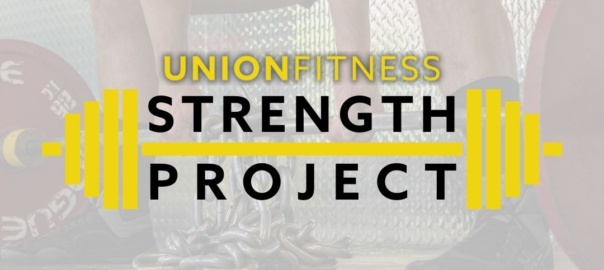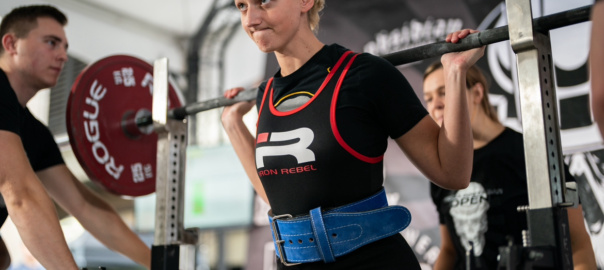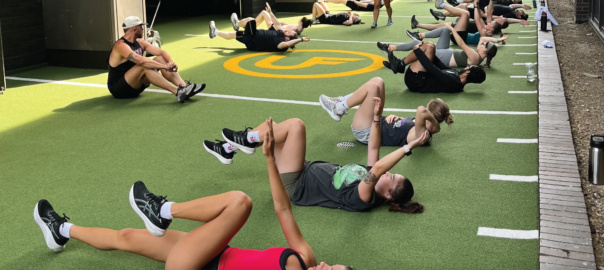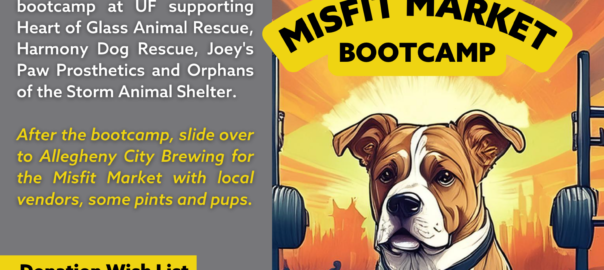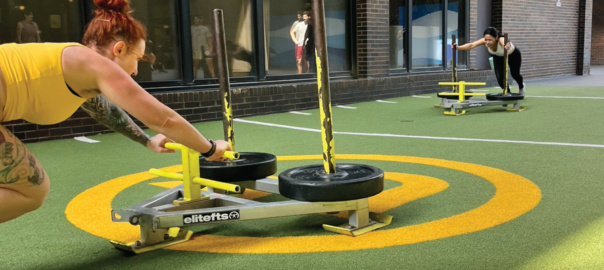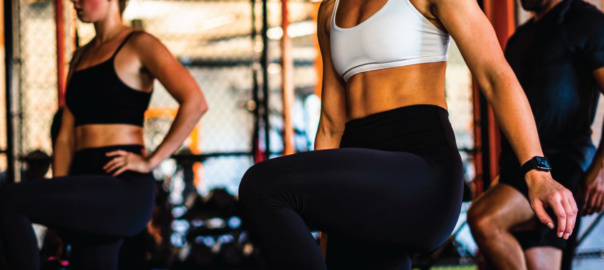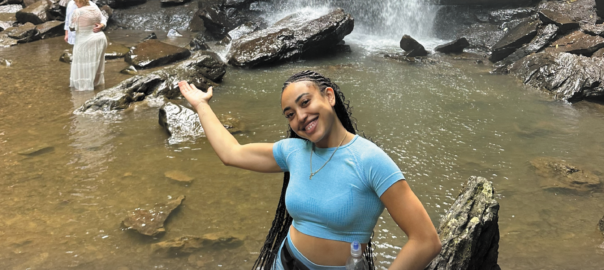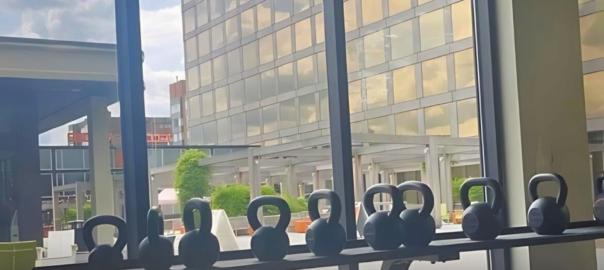The New Year is a fresh start, filled with hope and the motivation to become a healthier, stronger, and more active version of yourself. However, with so many resolutions in mind, it’s easy to become overwhelmed and lose track of your fitness goals.
This is where SMART goals come in! SMART is an acronym that stands for Specific, Measurable, Achievable, Relevant, and Time-bound. It’s a proven framework for setting goals that are clear, actionable, and attainable. In this blog post, I’ll walk you through how to set SMART fitness goals and ensure you stay on track to achieve them throughout the year.
What Are SMART Goals?
SMART goals provide a structure that guides your actions, ensuring that your goals are clear and realistic. Let’s break down each component of a SMART goal:
- S – Specific: Your goal should be clear and specific. Avoid vague goals like “get in shape.” Instead, focus on something more detailed, like “I want to lose 10 pounds by March.”
- M – Measurable: You should be able to track your progress. Having measurable outcomes will help you stay motivated and see how far you’ve come. For example, “I will run 3 miles without stopping” is measurable, whereas “I want to get better at running” is not.
- A – Achievable: Set a goal that’s challenging but still within reach. While it’s great to aim high, setting unrealistic goals will only lead to frustration. Consider your current fitness level and other commitments when deciding what’s achievable.
- R – Relevant: Your goal should be aligned with your overall health and fitness objectives. It needs to resonate with your personal desires and be something you truly want to achieve. If you’re working on building strength, setting a goal to improve your squat form or increase your max weight can be relevant.
- T – Time-bound: Every goal needs a deadline. This helps create urgency and prevents procrastination. For instance, “I want to run a 5K race in under 30 minutes by April” sets a clear timeframe to work toward.
How to Apply SMART Goals to Your Fitness Journey
Let’s take a closer look at how to apply the SMART framework to some common fitness goals.
- Weight Loss Goal
- Specific: “I want to lose 15 pounds.”
- Measurable: “I will track my weight using a scale every week.”
- Achievable: “Losing 1-2 pounds per week is healthy and realistic for me.”
- Relevant: “I want to lose weight to improve my overall health and feel more confident.”
- Time-bound: “I will lose 15 pounds within the next 3 months.”
Final SMART Goal: “I want to lose 15 pounds by the end of March by eating a balanced diet and exercising 3 times a week.”
- Strength Training Goal
- Specific: “I want to increase my squat strength.”
- Measurable: “I will track my max squat weight each week.”
- Achievable: “Increasing my squat by 10 pounds in the next month is achievable.”
- Relevant: “Improving my squat strength will help me build overall muscle and improve athletic performance.”
- Time-bound: “I will add 10 pounds to my squat max by February 28th.”
Final SMART Goal: “I will increase my squat by 10 pounds by February 28th by adding two strength training sessions each week and focusing on proper form.”
- Running Goal
- Specific: “I want to improve my 5K time.”
- Measurable: “I will time myself during a 5K run each month.”
- Achievable: “I can realistically improve my 5K time by 2 minutes over the next month with consistent training.”
- Relevant: “Improving my running time will help me become faster and healthier.”
- Time-bound: “I will run a 5K in under 25 minutes by the end of February.”
Final SMART Goal: “I will reduce my 5K time to under 25 minutes by February 28th by running three times per week and doing interval training.”
- Flexibility and Mobility Goal
- Specific: “I want to improve my flexibility.”
- Measurable: “I will track my progress by measuring how far I can reach in a hamstring stretch each week.”
- Achievable: “Stretching daily for 15 minutes will improve my flexibility over the next 6 weeks.”
- Relevant: “Improving my flexibility will reduce muscle tightness and lower the risk of injury.”
- Time-bound: “I will improve my hamstring stretch reach by 3 inches within 6 weeks.”
Final SMART Goal: “I will improve my flexibility by stretching for 15 minutes every day, aiming to increase my hamstring stretch reach by 3 inches by February 15th.”
Tips for Staying on Track with Your SMART Goals
- Track Your Progress Regularly: Set reminders to track your progress and adjust your plan if necessary. Using fitness apps or journaling can help keep you accountable.
- Celebrate Small Wins: Break larger goals into smaller milestones. For example, if your goal is to lose 15 pounds, celebrate every 5-pound milestone to keep motivation high.
- Adjust When Necessary: Life happens! If your goal feels too ambitious or if things aren’t going as planned, don’t be afraid to adjust your timeline or approach.
- Stay Consistent: Consistency is key when it comes to fitness. Commit to sticking to your plan, even on the days when motivation is low.
Conclusion
Setting SMART goals is one of the best ways to stay focused and motivated throughout the year. By making your goals specific, measurable, achievable, relevant, and time-bound, you set yourself up for success and avoid feeling overwhelmed by vague resolutions. Whether you’re looking to lose weight, build strength, or improve flexibility, using the SMART framework ensures that your goals are clear and achievable—and that you’re equipped to crush them in 2025!
So, take a moment, think about what you want to achieve in your fitness journey, and write down your SMART goals today. The New Year is your perfect opportunity to make lasting changes, and with SMART goals, you’ll be well on your way to success.
Toria
